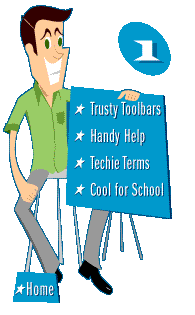
Well I have just finished my first "initial observations" of a bullfrog without feeling sick. Basically I dissected the froggy in cyber space! This simulation is found at http://www.froguts.com/flash_content/index.html and is one of the many online simulations from this site you can bring into your classroom depending upon the age of your student to enhance learning in biology and the environment. I did show this to my 8yr old son who was really engaged and managed to find all the organs with ease, he thought it was so cool.
According to Howard Gardner(1975) multiple intelligences is a theory that caters for students of various learning abilities. He goes on to state that there are eight different intelligences including: Visual, Auditory, Kinesthetic. By using these simulations and animations you would be fulfilling the needs of most learners.
'Explore Learning' also offers the world's largest library of interactive online simulations for math and science education. They call these simulations Gizmos. All these simulations and animations encourage students to use exploration and inquiry. They can be a stimulating tool for small group work, individual exploration, and whole class instruction using an LCD projector or interactive whiteboard. Being web-based they can be accessible not only in the classroom but anywhere there is internet connection. Can you imagine dissecting a frog using McDonalds WiFi connection? :) The possibilities are endless.

References
Gardner, H.(1975).Multiple Intelligences: Accelerated learning in practice - how to develop and access multiple intelligences. Retrieved 11 August, 2009 from http://www.gp-training.net/training/educational_theory/multint/multint.htm



